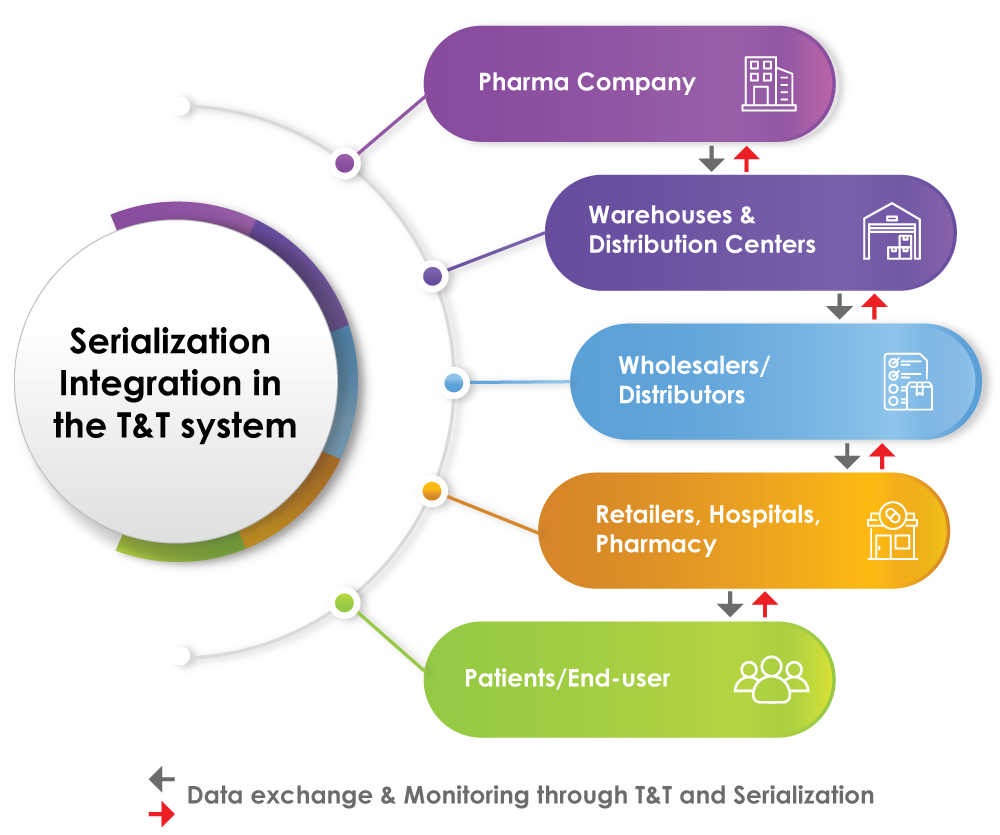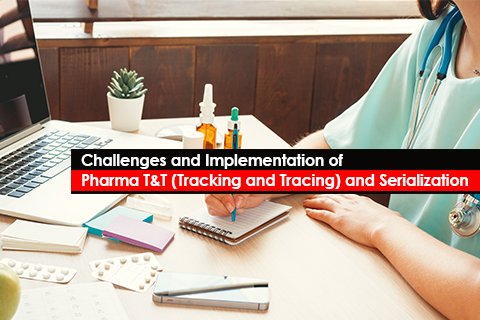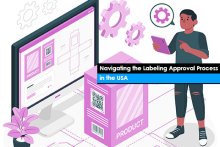The rise in Tracking and Tracing (T&T) systems in the pharmaceutical industry can be attributed to the development of novel and patient-centric medicines. Over the years, T&T systems have improved medication for patients by transforming product handling processes without a quality compromise until it gets dispensed by integrating supply chain operations and technology use.
In early 2022, an analysis by a Tokyo-based consultancy stated that global innovator pharmaceutical companies face a loss of $40 billion every year due to counterfeiting. T&T’s efficiency thus delivers smooth product management and risk mitigation associated with counterfeiting and falsification.
Enhancing Product Visibility in the Supply Chain
Tracking elements assure that the drug product remains intact during its ongoing lifecycle while any issues in the supply chain process are determined using tracing mechanisms. T&T elements consist of 2D printing machines, labeling devices, 360° cameras, and bundling machines. These units work in unison to provide end-to-end visibility across the supply chain until it is dispensed. The growth of e-buying platforms has necessitated T&T to further look upon serialization to streamline supply chain operations.
Serialization: A Unit-based T&T Approach
The mandates laid by the USFDA’s latest Drug Supply Chain Security Act (DSCSA) in 2019 and EU’s Falsified Medicines Directives (FMD) in 2019 recommend a product serialization approach to track the products thoroughly. Serialization consists of Radio Frequency Identification (RFID)-tagging, barcoding, holography, and assigning universally unique pre-determined codes to the product. Serialization further integrates and assures tamper-proof product packaging in a phase-wise procedure.

The procedure consists of the following steps.
- Item level coding: Serializing the identifier details on the drug product
- Bundle coding: Serializing the secondary packaging with product identifier details
- Palletization: Attaching the shipment pallet with serialized details
- Monitoring of product lifecycle through server: Integrative approach using IT infrastructure
Roadblocks for T&T and Serialization
The phase-II DSCSA enforcement in November 2023 will compel pharma companies’ supply chain to be T&T-compliant. These technology upgrades pose a few roadblocks for pharma packaging and artwork-related services for drug traceability. The challenges include:
- Process delay in harmonizing packaging regulations across developing nations
- Labeling constraints to add T&T elements apart from obligatory labeling contents
- Relative nature of supply chain vendors catering to numerous pharma companies with respective IT resources
- A cost-intensive decision by mid and small-size companies to set up T&T systems and workforce
Implementation of Pharma T&T and Serialization
The patient-centric market can be synergized with item-centric serialization by data integration, data management, end-user acceptance, and traceability of the product. The following points highlight T&T’s purpose:
- End-to-end product visibility
- Ease of tracking of any pharmacovigilance signal management operations
- Enabling machine-to-machine interaction, thereby reducing manual intervention
- Database management system equipped with archiving and tracking a product during its lifecycle
As per the DSCSA and FMD initiatives and the proven compliance of global pharma companies, the serialization approach of T&T can be a key enabler in harmonizing packaging and supply chain practices across the globe. Moreover, it can evade the chances of illicit usage, counterfeiting, and falsification of drugs. An expert with techno-management proficiency in handling such imperatives shall sail the organizations smoothly with Regulatory mandates. Check now to get more updates on cutting-edge Regulatory solutions by Freyr.





